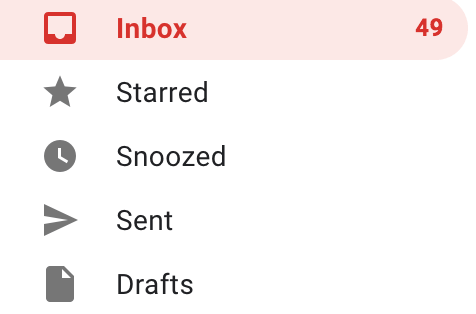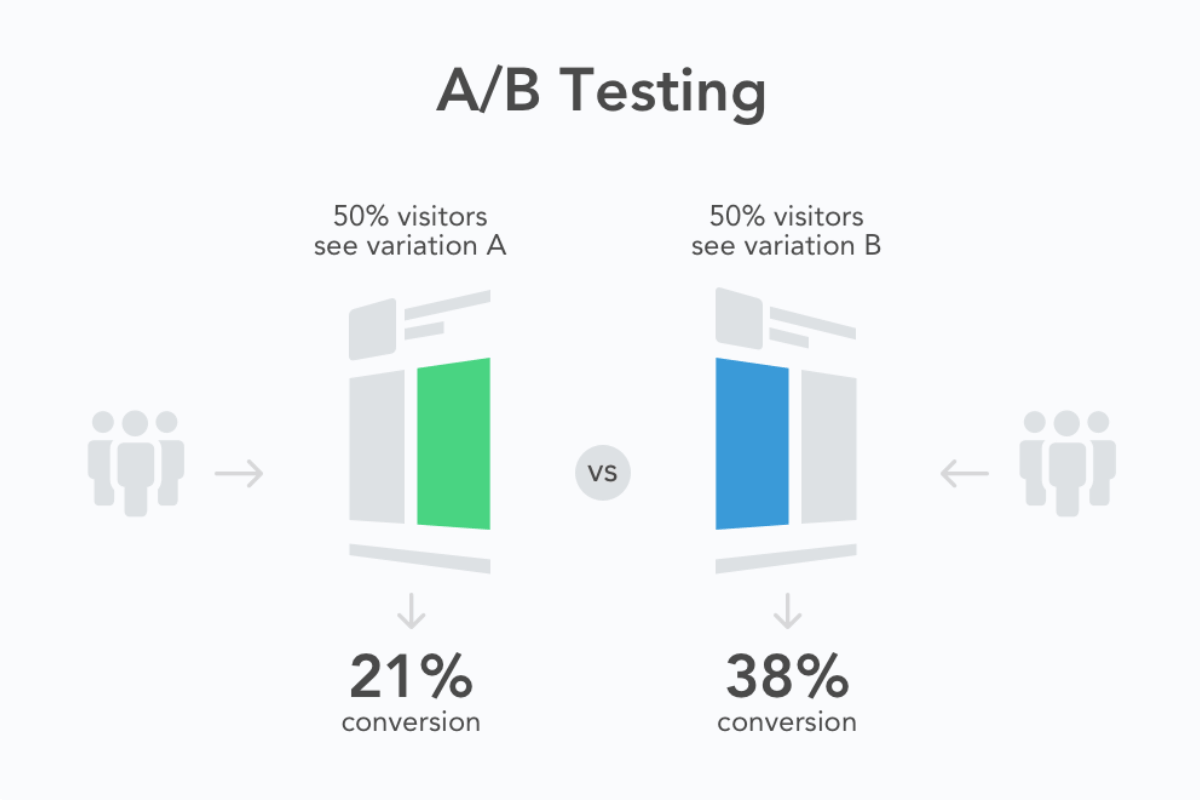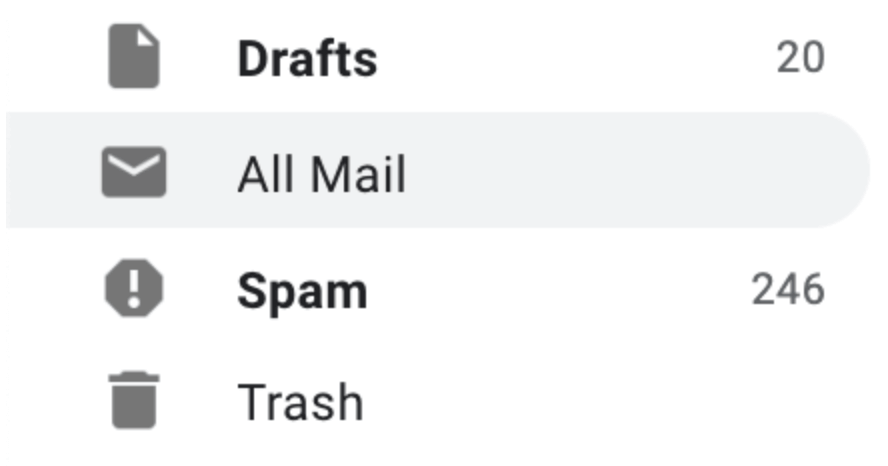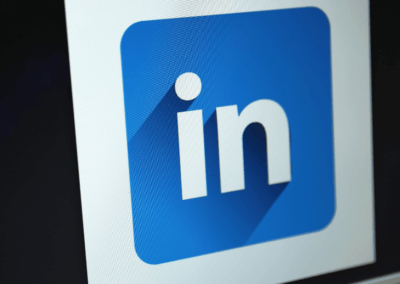A marketer’s worst nightmare:
You spent valuable time building a piece of content for your subscribers, maybe multiple pieces, only to realize how few are reading it. The good news is that email marketing is still the number one channel for advertising. In fact, Digital Agency Network found it is 40 times more effective than methods such as social media!
So what’s the bad news? Convincing people to OPEN these emails is not easy.
According to Campaign Monitor, the average office worker receives 121 emails per day, but only opens 17% of them…Those are tough odds to overcome.
Take this inbox for example:

It may be similar to how your inbox looks right now. People are too busy to read 100+ emails every day. They’ll focus on the ones that capture their attention from the start. Since you can’t change how people’s inboxes look, you’ll have to play the game and find a way to rise above the competition.
But how?
Better Subject Lines
A good subject line dramatically increases the likelihood of your emails being opened. In fact, Convince & Convert found a 35% increase in open rates from relevant subject lines alone. While it may be just one component of the email, it’s the first thing recipients see.
For marketers, subject lines are an opportunity to stand out above the rest, so don’t rush them. Some characteristics of a good subject line include writing with a personalized tone and staying short and sweet.
For more examples and tips on creating the perfect subject line, click here.
Send Fewer Emails
Don’t get trigger-happy with the ‘send’ button. A study from HubSpot found that 69% of email users have unsubscribed from a business because the organization sends too many emails. When people sign up for a newsletter or subscription, make sure they know what they are getting themselves into.
Be clear in the intro email about the communication cadence so they have an idea of what to expect. Is this a weekly, bi-weekly, or monthly newsletter? Without addressing this, you run the risk of becoming a nuisance–leading people right to that ‘unsubscribe’ button. Don’t become a spammer.
Wait, how do I know how many is “too many”? Glad you asked!
Segment your list of contacts and test different frequencies. For example, consider using A/B testing. A/B testing can be used to try different techniques within a small sample size of your target market.

Source: Split Metrics
In this case, let’s say you have a thousand contacts in your database. Take a small sample, maybe 300 or so, and split them in half. Send one-half a higher frequency of emails than the other. From there, you can look at the open rates and click-through rates to see which frequency has higher engagement.
Another quick way to offer a better experience to your audience is by asking them what they want. For instance, let them decide how often they want to hear from you. This can be done within the intro email by giving them an option to choose from: once a day, once a week, twice a month, etc.
This allows the reader to dictate your relationship with them and provides a more personalized experience as a whole.
Overcome Triggered Spam Alerts

Emails can be sent to spam without having the recipient manually ‘mark as spam.’ Email accounts such as Gmail are becoming smarter as technology continues to grow. As a result, spam detection is becoming more prominent and sensitive to emails originating outside the organization.
A study from Propeller CRM found that 45% of all emails get triggered as some type of spam.
Yes, you read that correctly!
Nowadays, email software is designed to detect certain words that are most often found in spam. These are known as trigger words. If you use enough of these trigger words, your message will be sent to spam. That’s why it is imperative you understand how sensitive these systems are, and how to avoid overusing trigger words.
Here a few examples of common trigger words, and how to work around them:
Try to avoid using a word like “free.” This extends to the subject line, title, and body of the email. Instead, try using words like “complementary,” or “at no charge.” Doing so allows you to avoid spam detection while still getting your point across. Other common trigger words include “guaranteed,” “100% free,” “act now,” “attention!,” or any repetitive use of caps or character symbols.
Understanding these trigger words and strategizing around them will keep your emails away from the spam folder and give you a better chance to be seen.
Looking Ahead
As mentioned earlier, email is still the most useful tactic for marketers. Experiencing low open rates can be frustrating, but you can use it as an opportunity to step back and assess your strategy.
Continue to optimize your subject lines, frequency of sends, and keep track of potential trigger words, and you will have a better foundation to analyze your current email strategy to see where improvements can be made.
Interested in more business tips like these? Subscribe to our blog or contact us today to let us help strategize and increase your inbound leads.




